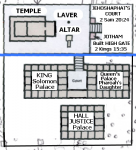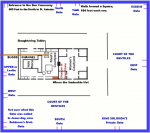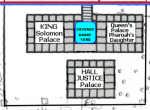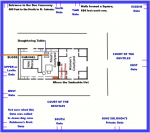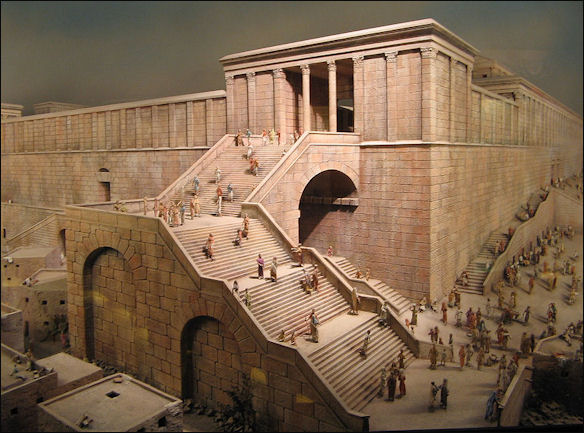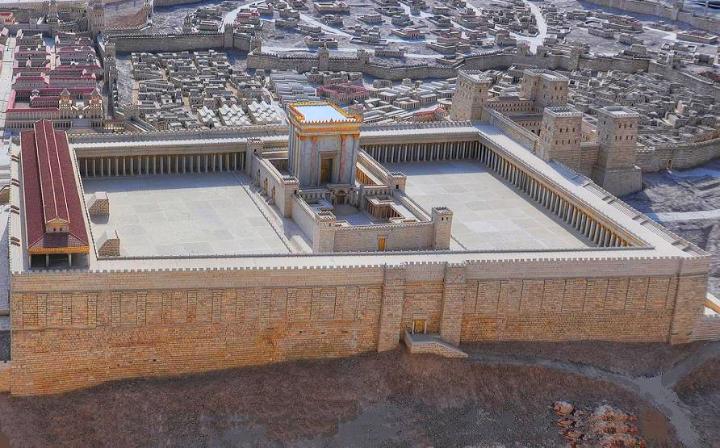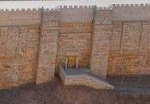I used a LOT of SCRIPTURE to prove, the Jews got it wrong when they arrived in Jerusalem in 1215 A.D., after over a thousand years of being in exile.
Most of us, JUST ASSUMED the Jewish Sanhedrin got it right, without comparing Scripture to Scripture. We should have known better.
So who is more foolish, the Jewish Sanhedrin or us ? ? ? Was it more foolish or laziness that got us to just accept what the Jewish Sanhedrin thought up in their minds? I only start wondering why I had never thought or studied the subject out, shortly before I start this thread on Jul 17, 2017.
n
And what do you make of this VERSE?
2 Chronicles 27:3 (NJB)
3 It was he who built the Upper Gate of the Temple of Yahweh and carried out considerable work on the wall of the Ophel.
Nehemiah 11:21 (NASB)
21 But the temple servants were living in Ophel, and Ziha and Gishpa were in charge of the temple servants.
Quote:
The Ophel Ruins
In my research I found so much evidence in the ruins on the Ophel, the ruins under the Mount, and in the writings of the Jewish people, to prove that this was where the southern court of first and second Temple complex was located. I can only hope that when you finish reading this site you will come to the same conclusion.
Josephus, a Jewish historian, that lived during the destruction of the Temple wrote.....The Wars of the Jews, Book 5 chp 5,8
End Quote.
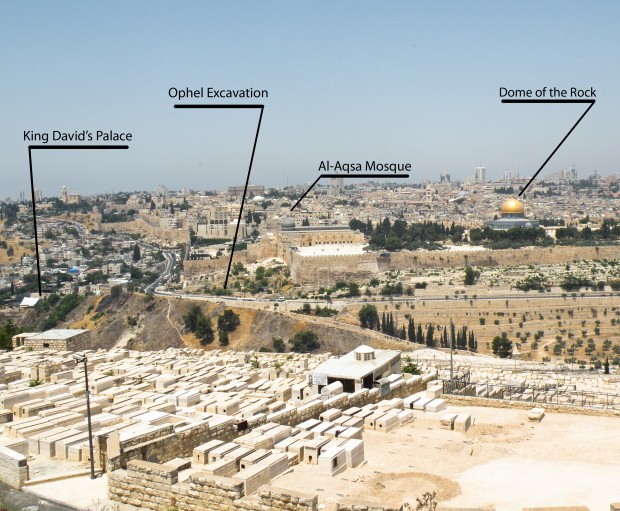
What was immediately North of King David's Palace ? ? ?
Here read it for yourself:
The Works of Flavius Josephus:
Book 8, Chapter 5, Section 2:
2. This house was a large and curious building, and was supported by many pillars, which Solomon built to contain a multitnde for hearing causes, and taking cognizance of suits. It was sufficiently capacious to contain a great body of men, who would come together to have their causes determined. It was a hundred cubits long, and fifty broad, and thirty high, supported by quadrangular pillars, which were all of cedar; but its roof was according to the Corinthian order, with folding doors, and their adjoining pillars of equal magnitude, each fluted with three cavities; which building as at once firm, and very ornamental. There was also another house so ordered, that its entire breadth was placed in the middle; it was quadrangular, and its breadth was thirty cubits, having a temple over against it, raised upon massy pillars; in which temple there was a large and very glorious room, wherein the king sat in judgment. To this was joined another house that was built for his queen. . . .
Most of us, JUST ASSUMED the Jewish Sanhedrin got it right, without comparing Scripture to Scripture. We should have known better.
So who is more foolish, the Jewish Sanhedrin or us ? ? ? Was it more foolish or laziness that got us to just accept what the Jewish Sanhedrin thought up in their minds? I only start wondering why I had never thought or studied the subject out, shortly before I start this thread on Jul 17, 2017.
n
And what do you make of this VERSE?
2 Chronicles 27:3 (NJB)
3 It was he who built the Upper Gate of the Temple of Yahweh and carried out considerable work on the wall of the Ophel.
Nehemiah 11:21 (NASB)
21 But the temple servants were living in Ophel, and Ziha and Gishpa were in charge of the temple servants.
Quote:
The Ophel Ruins
In my research I found so much evidence in the ruins on the Ophel, the ruins under the Mount, and in the writings of the Jewish people, to prove that this was where the southern court of first and second Temple complex was located. I can only hope that when you finish reading this site you will come to the same conclusion.
Josephus, a Jewish historian, that lived during the destruction of the Temple wrote.....The Wars of the Jews, Book 5 chp 5,8
End Quote.

What was immediately North of King David's Palace ? ? ?
Here read it for yourself:
The Works of Flavius Josephus:
Book 8, Chapter 5, Section 2:
2. This house was a large and curious building, and was supported by many pillars, which Solomon built to contain a multitnde for hearing causes, and taking cognizance of suits. It was sufficiently capacious to contain a great body of men, who would come together to have their causes determined. It was a hundred cubits long, and fifty broad, and thirty high, supported by quadrangular pillars, which were all of cedar; but its roof was according to the Corinthian order, with folding doors, and their adjoining pillars of equal magnitude, each fluted with three cavities; which building as at once firm, and very ornamental. There was also another house so ordered, that its entire breadth was placed in the middle; it was quadrangular, and its breadth was thirty cubits, having a temple over against it, raised upon massy pillars; in which temple there was a large and very glorious room, wherein the king sat in judgment. To this was joined another house that was built for his queen. . . .
-
1
- Show all

